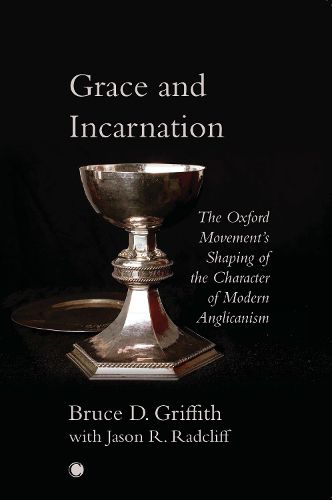Readings Newsletter
Become a Readings Member to make your shopping experience even easier.
Sign in or sign up for free!
You’re not far away from qualifying for FREE standard shipping within Australia
You’ve qualified for FREE standard shipping within Australia
The cart is loading…






The Oxford Movement was the beginning of a re-formation of Anglican theology, ministries, congregational and religious life revivals, and ritualism, with its theological basis a retrieval of the patristic and medieval eras, reconstructed around a deep christological incarnationalism. Does it merit its description by Eamon Duffy as the single most significant force in the formation of modern Anglicanism?
In Grace and Incarnation, Bruce D. Griffith and Jason R. Radcliff explore this theological richness with unparalleled clarity. They interrogate the potential link between Robert Isaac Wilberforce and Charles Gore and the Liberal Catholics, and examine the interrelation between Tractarian theology and the rise of what was to become ‘modernism’, with its new canons of authentication. In doing so, they not only offer a mirror to the past, but shed new light on what Anglicanism today.
$9.00 standard shipping within Australia
FREE standard shipping within Australia for orders over $100.00
Express & International shipping calculated at checkout
The Oxford Movement was the beginning of a re-formation of Anglican theology, ministries, congregational and religious life revivals, and ritualism, with its theological basis a retrieval of the patristic and medieval eras, reconstructed around a deep christological incarnationalism. Does it merit its description by Eamon Duffy as the single most significant force in the formation of modern Anglicanism?
In Grace and Incarnation, Bruce D. Griffith and Jason R. Radcliff explore this theological richness with unparalleled clarity. They interrogate the potential link between Robert Isaac Wilberforce and Charles Gore and the Liberal Catholics, and examine the interrelation between Tractarian theology and the rise of what was to become ‘modernism’, with its new canons of authentication. In doing so, they not only offer a mirror to the past, but shed new light on what Anglicanism today.